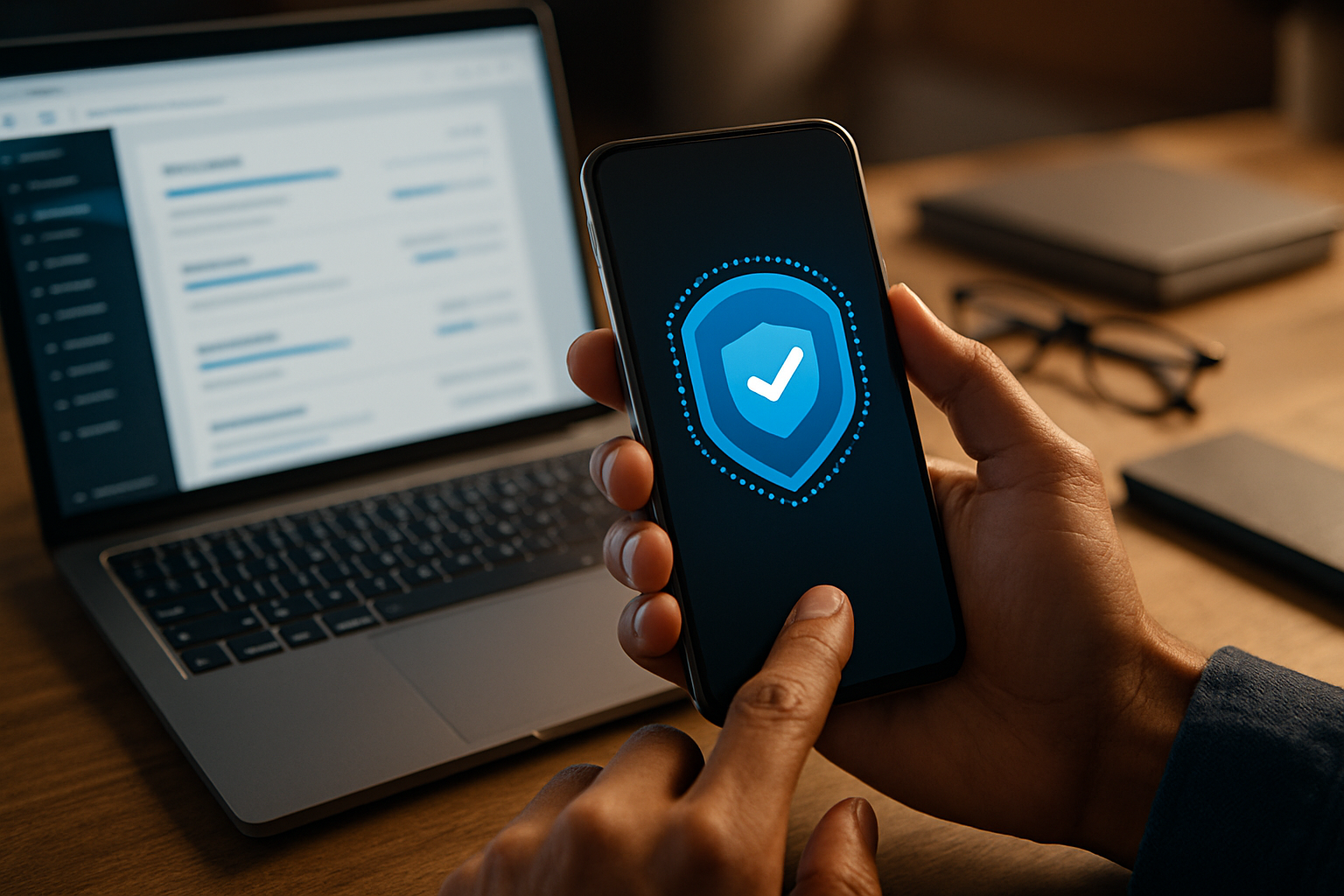Remote Device Management: Essential Technology for Modern Business Networks
Remote Device Management (RDM) is a technology solution that enables organizations to monitor, manage, and secure devices connected to their network from a centralized location. As businesses increasingly rely on distributed workforces and interconnected devices, RDM has become a crucial tool for maintaining network security, streamlining operations, and ensuring efficient device management across various locations.

Furthermore, RDM solutions often include features such as real-time monitoring and alerts, which can quickly identify potential security threats or unusual device behavior. This proactive approach allows IT teams to respond swiftly to security incidents, minimizing the potential impact on the organization’s network and data.
What are the key business benefits of implementing Remote Device Management?
Implementing Remote Device Management offers numerous advantages for businesses of all sizes. One of the primary benefits is increased operational efficiency. With RDM, IT administrators can perform various tasks remotely, such as software updates, troubleshooting, and configuration changes, without the need for physical access to devices. This capability significantly reduces downtime and improves overall productivity.
Cost reduction is another substantial benefit of RDM implementation. By enabling remote management, organizations can minimize the need for on-site IT support, reducing travel expenses and labor costs associated with device maintenance. Additionally, RDM solutions often include inventory management features, allowing businesses to track and optimize their device assets more effectively.
RDM also enhances compliance and governance by providing centralized control over device settings and configurations. This ensures that all devices adhere to company policies and industry regulations, reducing the risk of non-compliance penalties and data breaches.
How does Remote Device Management support remote work technologies?
As remote work becomes increasingly prevalent, Remote Device Management has emerged as a critical technology for supporting distributed teams. RDM solutions enable IT departments to maintain control over company-owned devices used by remote employees, ensuring that these devices remain secure and compliant with organizational policies, regardless of their physical location.
RDM platforms often include features specifically designed to support remote work, such as remote desktop access, which allows IT staff to provide immediate support to remote employees experiencing technical issues. This capability minimizes downtime and enhances productivity for off-site workers.
Additionally, RDM solutions can facilitate the deployment and management of virtual private networks (VPNs) and other secure remote access technologies, ensuring that remote employees can safely connect to corporate networks and resources from any location.
What types of devices can be managed through Remote Device Management?
Remote Device Management solutions are designed to support a wide range of devices commonly used in modern business environments. These typically include:
-
Desktop computers and laptops
-
Mobile devices (smartphones and tablets)
-
Servers and network infrastructure equipment
-
Internet of Things (IoT) devices
-
Point-of-sale (POS) systems
-
Printers and multifunction devices
The ability to manage such a diverse array of devices from a single platform streamlines IT operations and ensures consistent security and management practices across the entire organization’s technology ecosystem.
How does Remote Device Management integrate with existing IT infrastructure?
Remote Device Management solutions are designed to integrate seamlessly with existing IT infrastructure, enhancing rather than replacing current systems. Many RDM platforms offer compatibility with popular operating systems, including Windows, macOS, Linux, iOS, and Android, ensuring comprehensive coverage across diverse device ecosystems.
Integration capabilities often extend to other IT management tools, such as help desk systems, asset management databases, and security information and event management (SIEM) platforms. This interoperability allows organizations to create a cohesive IT management environment, improving overall efficiency and effectiveness.
Moreover, many RDM solutions offer APIs and customization options, enabling businesses to tailor the platform to their specific needs and integrate it with proprietary systems or workflows.
What are the key features to consider when selecting a Remote Device Management solution?
When evaluating Remote Device Management solutions, organizations should consider several key features to ensure they choose a platform that meets their specific needs:
| Feature | Description | Importance |
|---|---|---|
| Device Discovery and Inventory | Automatic detection and cataloging of connected devices | High |
| Remote Control and Troubleshooting | Ability to access and control devices remotely | High |
| Software Deployment and Patching | Automated distribution of software updates and patches | High |
| Security Management | Implementation of security policies and threat detection | Critical |
| Reporting and Analytics | Generation of detailed reports on device status and usage | Medium |
| Multi-platform Support | Compatibility with various operating systems and device types | High |
| Scalability | Ability to manage a growing number of devices efficiently | Medium |
| User-friendly Interface | Intuitive dashboard for easy management and monitoring | Medium |
Prices, rates, or cost estimates mentioned in this article are based on the latest available information but may change over time. Independent research is advised before making financial decisions.
Remote Device Management has become an indispensable technology for modern businesses, offering enhanced security, improved efficiency, and robust support for remote work initiatives. By carefully considering organizational needs and evaluating available solutions, companies can leverage RDM to streamline their IT operations and maintain a secure, well-managed device ecosystem across their entire network.





